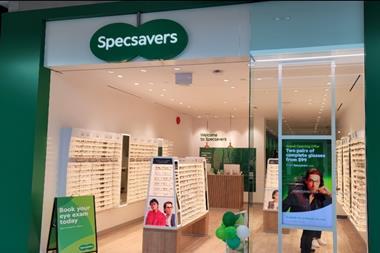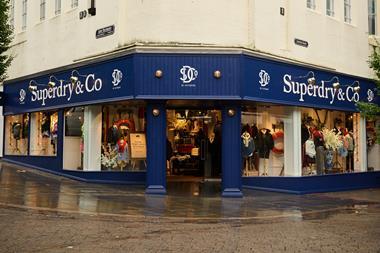Thorntons may not be the biggest retailer, but some of the trading trends it reported on Tuesday will be front of mind for retailers more widely.
Thorntons may not be the biggest retailer, but some of the trading trends it reported on Tuesday will be front of mind for retailers more widely.
Thorntons is in the happy position that people like its product. The only problem is that they increasingly seem to prefer to buy from other retailers’ shops.
That was one message from the retailer’s update, which revealed a comparable store sales fall in Thorntons stores during the third quarter, while turnover through its commercial channel - sales through supermarkets, for instance - surged, as did online revenues.
The upshot was a profit warning, leaving Thorntons chief Mike Davies with a headache about how best to position the business in rapidly changing circumstances.
This week’s upset is likely to prompt anew a question that has been asked before during Thorntons’ history: should it be either a manufacturer or a retailer?
Davies, who has run Thorntons since 2006 and before that held top roles at Mars and Procter & Gamble, knows both businesses well and maintains Thorntons should remain both, pointing out that all channels play a part in ensuring financial robustness.
Sales through supermarkets have made Thorntons the market leader in certain categories and a convenient brand for shoppers to pick up. Similarly, own stores allow Thorntons to emphasise the distinctiveness of its product and push sales of its more upscale goodies.
Thorntons’ shops still account for the lion’s share of business, so the logic remains for a strong high street presence. Improvements are being made to stores and unprofitable ones can be shut if desired as leases expire.
The important thing is that the right balance is struck between Thorntons’ various constituent divisions - that may of course change over time.
It shouldn’t be forgotten that Thorntons is profitable. Even after this week’s warning, it will make more money this year than last. But how it copes with changing dynamics will be of interest to retailers outside confectionery.


























No comments yet